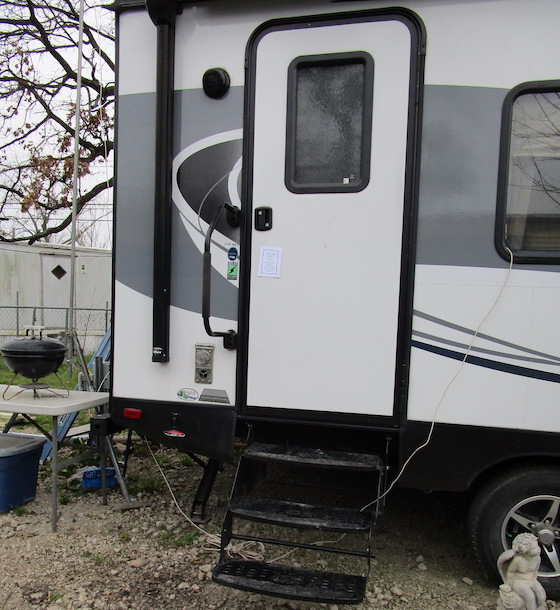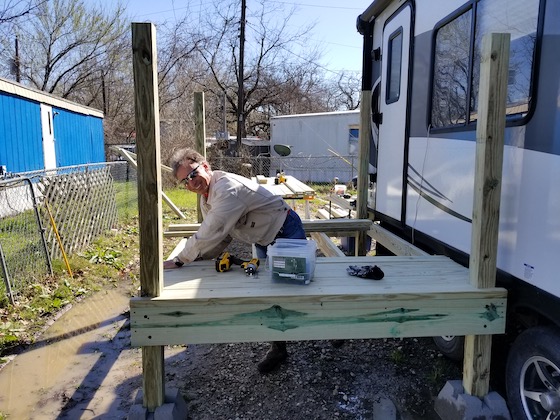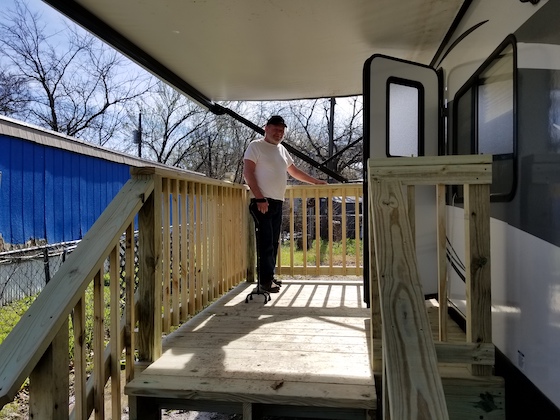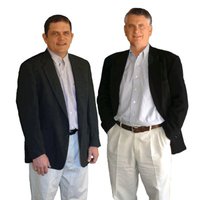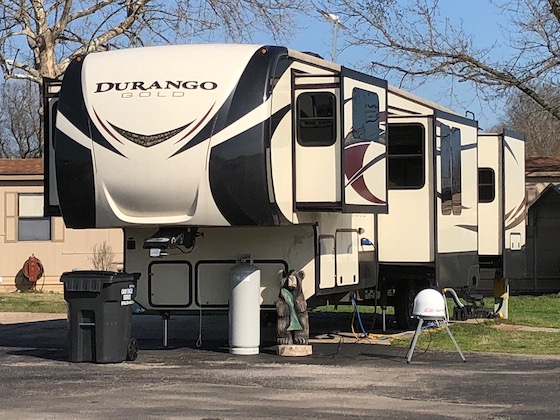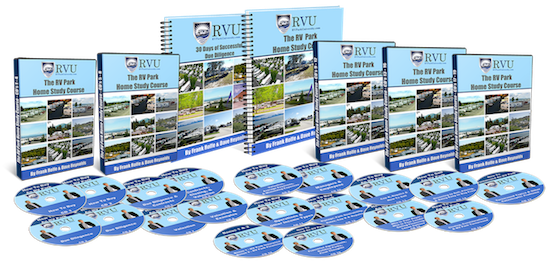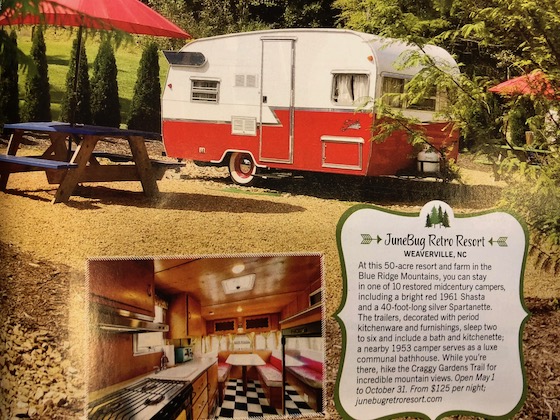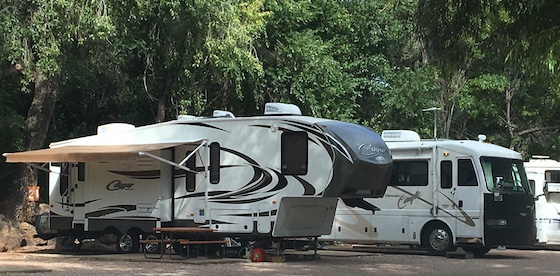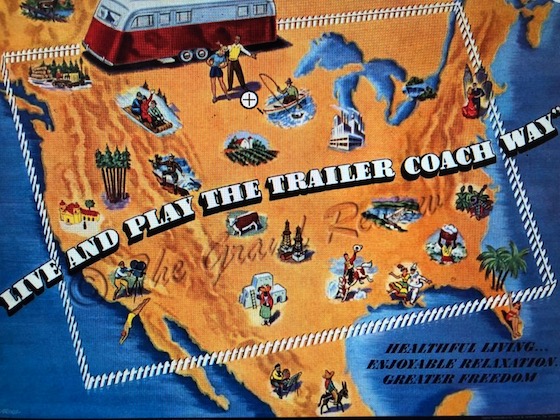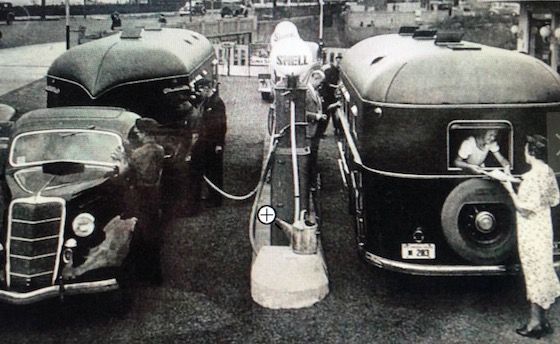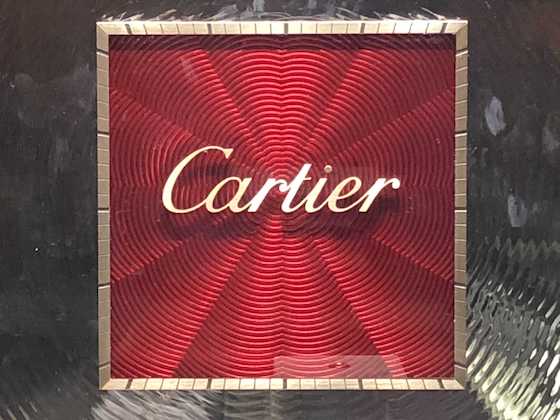Most people buy RV parks because they have superior returns on investment. But why is that? What is it about RV parks that allows them to make more money than traditional investments like stocks and bonds, or even other sectors of real estate like apartments? The answer – in one word – is “spread”.
What is “spread”
“Spread” is simply the numerical difference between the cap rate and the interest rate on your loan. It’s nothing fancy and it doesn’t take a bunch of math mastery to figure it out. Anyone can calculate it in one second.
How to calculate it
The cap rate on an RV park purchase is derived by dividing the net income of the deal by it’s total cost. For example, if you are buying an RV park with $100,000 per year of net income for $1,000,000 then the cap rate is 100,000 divided by 1,000,000 = 10%. The interest rate on your loan is 7% in this example. So the “spread” is 10 – 7 = 3.
The importance of leverage
Obviously, if interest rate is one of the two key numbers in this calculation, it’s got to be an important part of total picture. And that’s true. To have high yields in real estate, you have to use leverage. The typical leverage on an RV park is about 70% to 80% of the total cost of the property. If you buy an RV park with all cash, the cash-on-cash return is very low. You have to use bank or seller debt to hit high levels of return.
What to watch out for in your calculation
One common mistake RV park buyers make is to not be realistic on the total amount they are spending on the property. Any improvements you plan on making (adding a pool, putting a new roof on the clubhouse, etc.) must be added to the estimated cost on the front end. Otherwise you are artificially boosting the cap rate – and reducing your yield.
What “spread” results in a 20%+ cash-on-cash return level
In general, a 3-point spread results in a 20% cash-on-cash return. Let’s model this out based on the example above. If you buy an RV park making $100,000 for $1,000,000 and finance 80% at 7% interest, here’s how the numbers work:
- Total price: $1,000,000
- Down payment: $200,000
- Net income: $100,000
- nterest on $800,000 at 7% = $56,000
- Net income $100,000 – interest expense $56,000 = $44,000
- A return of $44,000 per year on a $200,000 down payment = a 22% cash-on-cash return
In other words, your RV park investment is making ten times more per year than a CD.
Thoughts on maintaining a healthy “spread”
It’s not enough just to have a 3-point spread when you buy the RV park. You have to maintain at least that spread going forward. Since we’re in an environment where there is some uncertainty regarding the future trends in interest rates, it’s important that you also strive to boost the cap rate and the spread ever higher. You can accomplish this through increasing occupancy, raising nightly rents, and cutting costs.
Conclusion
99% of investors dream of hitting a 20%+ cash-on-cash return. But RV park owners hit that all the time. The key is “spread” and it’s a simple formula to understand and master.
